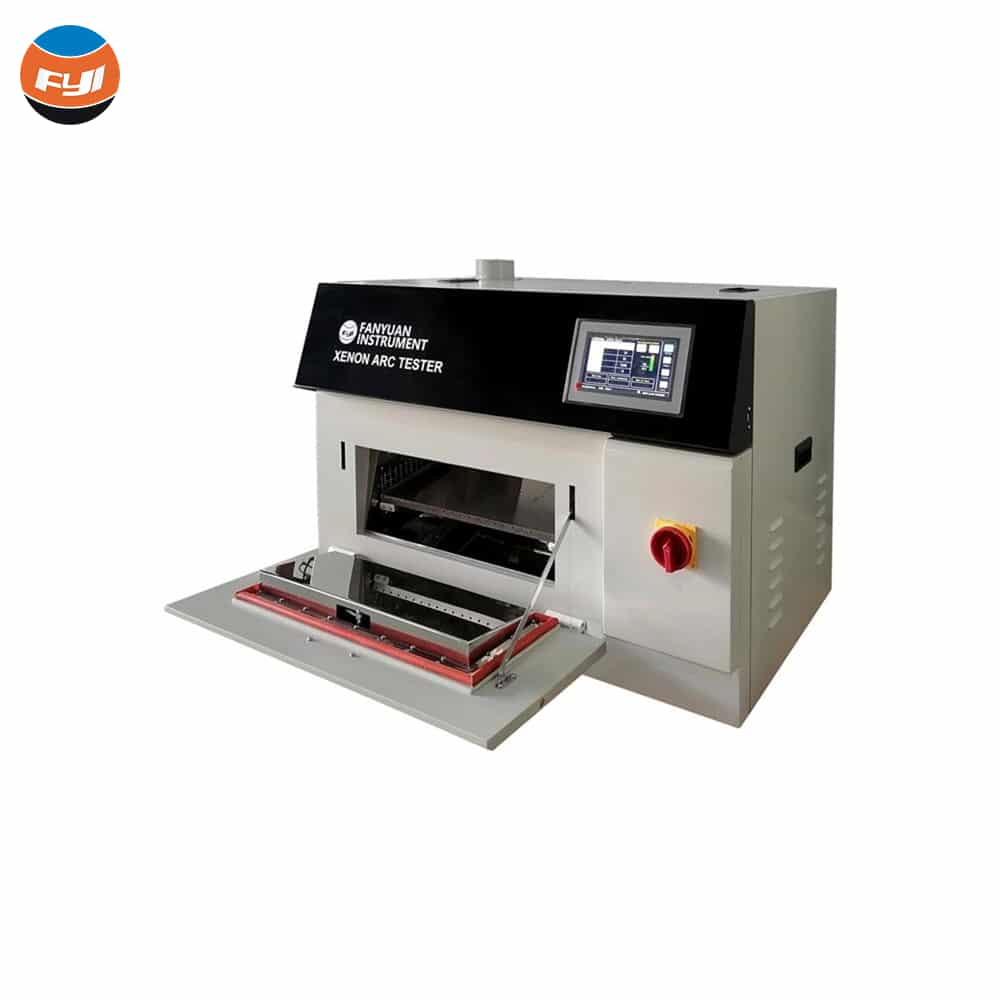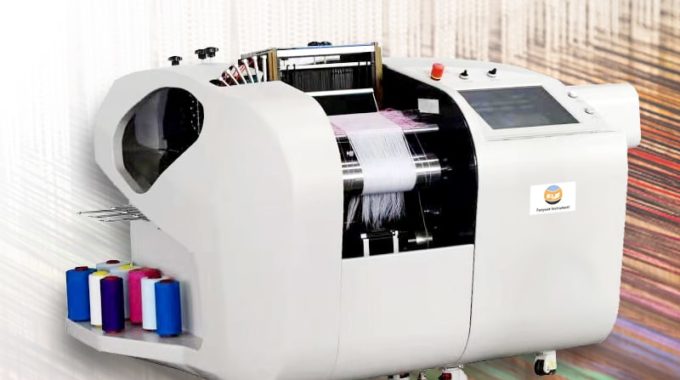
How to Calculate Irradiance
In optics, irradiance is the power per unit area of electromagnetic radiation incident on a curved surface. Radiant emittance (radiant exitance) is the power radiated from a surface per unit area. Using the International System of Units, the units of these physical quantities are watts per square meter (W/m2). Irradiance is a crucial parameter in the Xenon Arc Tester. Many people will be curious about its calculation. Here is an introduction to how to calculate it.
Contents
What is the total annual solar radiation?
The total annual solar radiation: the accumulation value of solar radiation which reach the ground at per unit area in one year.
The total annual solar radiation of each country is different.
Due to more clouds and rain near the equator, so the high value area of total annual solar radiation is not at equator, but at nearby latitude 20º. The global maximum value area is in southern Egypt, about 9200MJ.
How to convert?
Parameters
- The radiation power in YG611T is 49000μW/m2, 49000μW/m2=490W/m2
- Sample area: 1 m2
- Testing time: 1 hour
Calculations of Irradiance
- Energy effected on sample in one hour
1 m2×490 W/m2×60min×60s=1764000J=1.76MJ
- Energy effected on sample in a month
1.76MJ×24hours×30days=1267MJ
Conversions
- In south China, the average value of total annual solar radiation is about 5000 MJ (this value you can consult with domestic related departments). The average value of monthly is 5000MJ÷12≈420MJ.
- 1267MJ÷420MJ≈3, so we can conclude that sample in YG611T 1 hour equal in sunlight 3 hours, in chamber is 3 times in outdoor.
How to control the humidity of Y611T

Bench Xenon Arc Tester, also called colorfastness Weathering Test Equipment, which is suitable for new materials applied in different environment, it is used for the quality control of materials and components, production of conventional test, etc. Filtered xenon lamp can be used as accurate simulation of solar radiation.
You can find two thermometers in the chamber; one is exposed (we named it the dry one), and the other is covered by white cloth, and one side of the white cloth is dipped in water (we named it the wet one). As the figure shows.

At the same temperature, the temperature of wet one will lower than the dry one because evaporation water of white cloth will take away a part of heat of the wet one. And, there is a certain corresponding relationship between the humidity in chamber and the temperature difference between wet one and dry one, and the relationship sheet has shown below.

For example, if you want to do the test at 15℃, 90%, then you can refer to the relationship sheet. Find the temperature of the dry one at 10 °C and the humidity 90%, so the temperature difference is 1 (it means humidity is 90% when the temperature difference is 1), so when you set the value on the machine’s control board, please set the BPT temperature to 15 and the humidity to 14. In theory, the humidity should reach 90%.
By the way, with the current technology, panel-xenon testing machines can’t achieve automatic humidity control, even with the Q-SUN, SDL ATLAS, and other international brands.
Comments are closed.



Go beyond the surface and explore the depth of knowledge presented in each meticulously researched post.